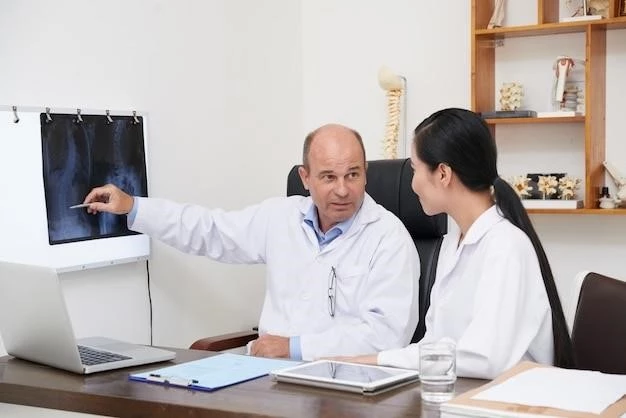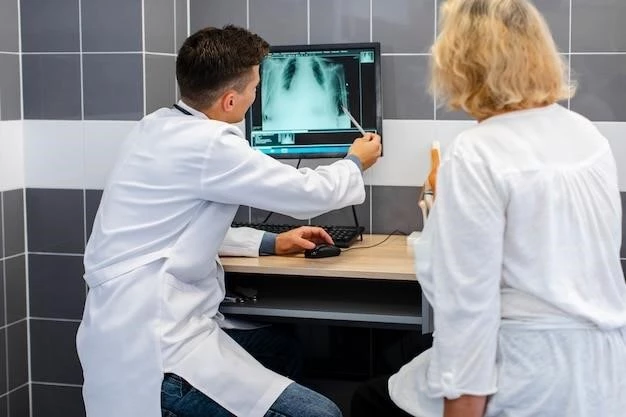Introduction
Mixed Sclerosing Bone Dystrophy is a rare disorder characterized by multiple forms of osteosclerosis in one individual. Understanding its clinical, epidemiological, and radiological aspects is crucial.
Definition and Overview of Mixed Sclerosing Bone Dystrophy
Mixed Sclerosing Bone Dystrophy is a rare disorder characterized by the simultaneous presence of various forms of osteosclerosis in one individual. This condition often involves a combination of osteopathia striata, osteopoikilosis, and melorheostosis. The presentation of multiple types of osteosclerosis can lead to distinct radiological patterns and clinical manifestations. Understanding the unique combination of sclerotic bone changes in patients with mixed sclerosing bone dystrophy is essential for accurate diagnosis and appropriate management strategies.
Clinical Presentation
Patients with Mixed Sclerosing Bone Dystrophy may present with various symptoms, including bone pain, fractures, and skeletal deformities. Radiological examinations often reveal multiple sclerotic lesions in different bones of the body, such as the humerus, pelvis, and femurs.
Symptoms and Signs to Look Out For
Patients with Mixed Sclerosing Bone Dystrophy may experience bone pain, skeletal deformities, and an increased risk of fractures. Radiological findings often show round and oval sclerotic lesions affecting various bones in the body, such as the humeral heads, pelvis, vertebral bodies, and femurs. Diaphyseal periosteal proliferation may also be observed in certain bones. It is essential to monitor for these symptoms and signs to aid in the diagnosis and management of the condition.
Diagnosis
To diagnose Mixed Sclerosing Bone Dystrophy, clinical evaluation, radiological imaging, and possibly genetic tests are essential. Look for characteristic sclerotic lesions in various bones and consider a multidisciplinary approach for accurate diagnosis.
Methods and Techniques Used to Diagnose Mixed Sclerosing Bone Dystrophy
Diagnosing Mixed Sclerosing Bone Dystrophy typically involves a combination of clinical evaluation, radiological imaging, and genetic testing. Radiographs play a crucial role in identifying characteristic sclerotic lesions in various bones. Integrating these diagnostic methods enables healthcare providers to accurately diagnose this complex bone disorder.
Epidemiology
Mixed Sclerosing Bone Dystrophy is a rare disorder characterized by various forms of osteosclerosis occurring in the same individual. The condition’s prevalence is low, with only a limited number of cases reported in medical literature.
Prevalence and Incidence of the Disease
Mixed Sclerosing Bone Dystrophy is a rare disorder with sparse reported cases in medical literature. The condition’s occurrence is infrequent, with only a limited number of documented instances, making it a challenging disease to diagnose and treat.
The causes of Mixed Sclerosing Bone Dystrophy are not well-defined, and the condition is considered rare. Factors contributing to its development remain unclear. Consult with healthcare professionals for comprehensive evaluation and management.

Causes and Risk Factors
The exact causes of mixed sclerosing bone dystrophy are still unclear, given its rarity and complex nature. No specific triggers have been identified, and the condition is generally considered sporadic. Consulting with healthcare providers for individualized assessment is crucial.
Treatment
Managing Mixed Sclerosing Bone Dystrophy may involve symptom relief, physical therapy, and monitoring for complications. Consult specialists for personalized care and treatment plans;
Current Approaches and Therapies Available for Managing Mixed Sclerosing Bone Dystrophy
Management of Mixed Sclerosing Bone Dystrophy focuses on symptom relief, physical therapy, and regular monitoring for complications. While no specific curative treatments exist, healthcare professionals can tailor management strategies to each individual’s unique presentation to optimize quality of life.
Prognosis
Although Mixed Sclerosing Bone Dystrophy is a complex condition, early detection and appropriate management can help improve outcomes. Long-term effects vary, and regular monitoring is crucial.
Outlook and Long-Term Effects of Mixed Sclerosing Bone Dystrophy on Patients
Understanding the long-term effects and outlook for patients with Mixed Sclerosing Bone Dystrophy is vital. Monitoring radiological changes and potential progression of osteosclerosis can assist in managing the condition effectively. With proper care and surveillance, patients can maintain quality of life despite the challenges posed by this complex bone disorder.

Research and Future Directions
Advancements in understanding and treating Mixed Sclerosing Bone Dystrophy are essential. Ongoing research aims to uncover the underlying mechanisms and develop more targeted therapeutic approaches for this rare bone disorder.
Ongoing Studies and Potential Advancements in Understanding and Treating the Disease
Continued research and studies aim to enhance understanding of Mixed Sclerosing Bone Dystrophy and explore novel treatment avenues. Investigating the underlying pathophysiology and genetic factors can provide insights for developing targeted therapies in the future, ultimately improving patient outcomes.
